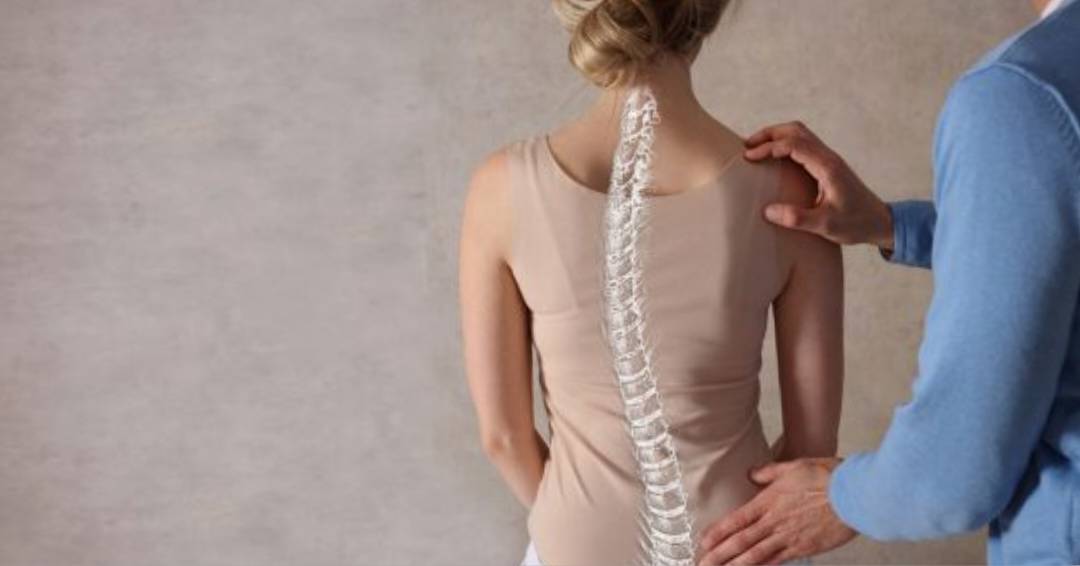
Imagine living with a curved spine that affects your posture, causes discomfort, and undermines your confidence. This is the reality for millions of people around the world who suffer from scoliosis, a condition characterized by an abnormal sideways curvature of the spine. While scoliosis may initially evoke fear and worry, it is important to know that advancements in medical science have made it possible to correct this deformity. With early detection, effective treatments, and a proactive approach, individuals with scoliosis can lead fulfilling lives, free from the limitations posed by this condition.
Understanding Scoliosis:
Scoliosis primarily affects the spine’s lateral curvature, causing it to deviate from its normal straight alignment. The condition can develop during childhood or adolescence, commonly during growth spurts, and is more prevalent among females. While the cause of scoliosis remains unknown in most cases (known as idiopathic scoliosis), it can also result from congenital disabilities, neuromuscular conditions, or injuries. Scoliosis ranges in severity, with mild cases causing little disruption, while severe forms can affect lung function and overall quality of life.
Early Detection and Diagnosis:
Early detection is crucial for effective treatment and management of scoliosis. Routine screenings conducted in schools and medical check-ups help identify signs of abnormal spinal curvature. Symptoms to watch out for include uneven shoulders or waist, an asymmetrical rib cage, or a visible curvature of the spine when bending forward. If scoliosis is suspected, a thorough medical examination, including X-rays and other diagnostic tests, can confirm the diagnosis and determine the severity of the condition.
Treatment Options:
The treatment approach for scoliosis depends on several factors, including the age of the individual, the degree of spinal curvature, and the underlying cause. Mild cases may only require regular monitoring to ensure the curvature doesn’t progress. However, more moderate to severe cases may necessitate intervention to prevent further deformity and alleviate associated symptoms.
Non-surgical treatments such as bracing and physical therapy are commonly recommended for adolescents with significant curvature. Bracing involves wearing a specially designed brace that helps support the spine and halt the progression of the curvature. Physical therapy focuses on strengthening the muscles surrounding the spine and improving posture.
In cases where the curvature is severe or rapidly progressing, surgery may be recommended. Spinal fusion surgery involves correcting the curve by straightening and aligning the vertebrae using various techniques and instrumentation. This stabilizes the spine and prevents further curvature progression. Modern advancements in surgical techniques, such as minimally invasive procedures, have significantly reduced the invasiveness and recovery time associated with scoliosis surgery.
Emotional Support and Rehabilitation:
Living with scoliosis can take an emotional toll on individuals, particularly during adolescence when body image and self-esteem are crucial. It is essential to provide emotional support and create a supportive environment for those affected by scoliosis. Support groups, counseling, and rehabilitation programs can help individuals cope with the psychological aspects of scoliosis and build resilience.
Looking Ahead:
With early detection, appropriate medical interventions, and emotional support, individuals with scoliosis can overcome the challenges posed by this spinal deformity. Ongoing research and advancements in treatment options continue to improve outcomes for patients, offering hope for a future where scoliosis will no longer be a cause for fear or anxiety. By spreading awareness, encouraging early detection, and promoting acceptance, we can ensure that no one faces the battle against scoliosis alone.
Remember, scoliosis does not define a person, and with the right support and treatment, they can embrace life with strength, confidence, and an unwavering spirit.

Post Your Comments